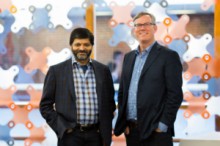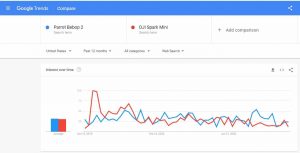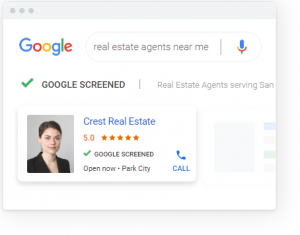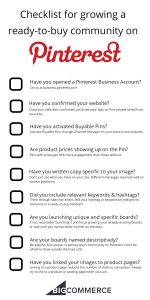
Curt Woodward
A little more than a year ago, Salesforce announced it was paying $ 2.5 billion to acquire marketing software company ExactTarget. It was the largest in a string of buyouts meant to make Salesforce more competitive in digital marketing, giving it more ammunition against huge names like SAP, Oracle, IBM, and Microsoft.
Analysts praised the deal, saying Salesforce was filling a major gap in its product lineup. Salesforce CEO Marc Benioff said the purchase was evidence of his commitment “to become No. 1 in marketing.”
“We needed to do something of consequence and we needed to do something strategic and we needed to do something now,” he said.
At the offices of HubSpot, a smaller online marketing company based in Cambridge, MA, there was less enthusiasm.
Just two years earlier, HubSpot had trumpeted Salesforce’s role in a $ 32 million investment round. CEO Brian Halligan noted that he and co-founder Dharmesh Shah were such big admirers that they’d named one of their conference rooms “Benioff.”
But when Salesforce went looking for a digital marketing acquisition, it left its own venture investment behind. As the race to buy marketing software assets picked up, this was not a good signal for HubSpot.
A few weeks later, Halligan acknowledged the obvious discomfort. But, in his typically upbeat fashion, he said that being left on the shelf “has unexpectedly energized me and the HubSpot team.”
Fast forward to this week. HubSpot recently filed its paperwork for a proposed $ 100 million initial public offering, revealing that it brought in about $ 50 million in revenue for the first six months of the year, with sales growing much faster than losses.
In their speech to an estimated 10,000 attendees at the annual HubSpot user conference, Shah and Halligan joked that they had dreamed since childhood of opening a public appearance with the SEC compliance disclaimer that appeared on the impossibly large screen behind them.
And at the end of their presentation, Halligan delivered what you could see as HubSpot’s revenge: it has developed new customer relationship management software, competing with the core product in Salesforce’s portfolio.
The sales software won’t be widely available until next year, Halligan said. But it’s clearly aimed at Salesforce, which Halligan praised as a good product before cheekily polling the crowd about how many of them actually used it.
Tools like Salesforce, he said, are mainly for the benefit of sales vice presidents who want to keep track of what their salespeople are doing. But those individual salespeople wind up spending a lot of time entering data into forms—HubSpot estimated that its own sales team, which uses Salesforce, spent an hour and a half every day just doing data entry.
HubSpot’s “really kick-ass” CRM software, Halligan said, is intended to automate as much of that process as possible by spontaneously scraping data from e-mails, phone calls, social media, website visits, and other interactions with potential customers.
The message seemed to resonate with the crowd of marketers. On the way out of the packed exhibition hall, it was easy to overhear people discussing how much they pay Salesforce annually, how much they hate using it, and how big a battle HubSpot has on its hands.
That part will be interesting to watch. For now, anyway, HubSpot’s ambitions line up pretty well with the small and medium businesses in its customer base, people who are happy to hear Halligan and Shah say their software can help them outfox bigger, richer rivals.
“We like attackers,” Halligan said. “We want to help those attackers get leverage and grow.”
(642)
Report Post











